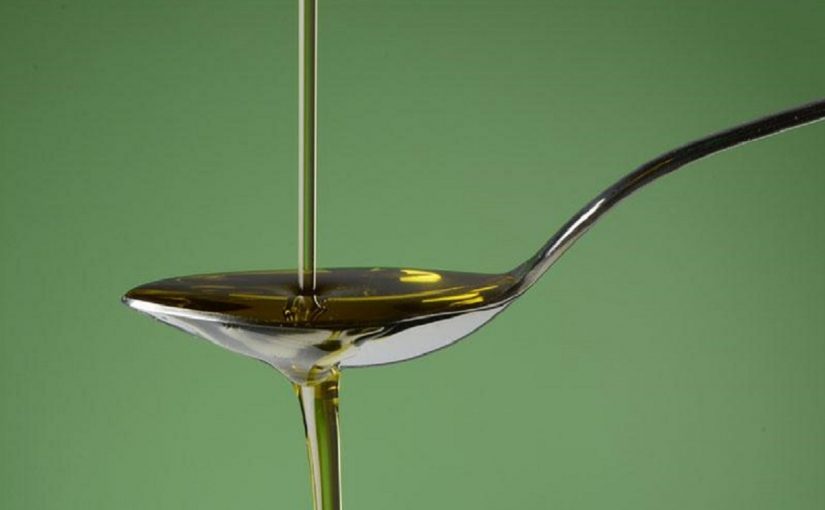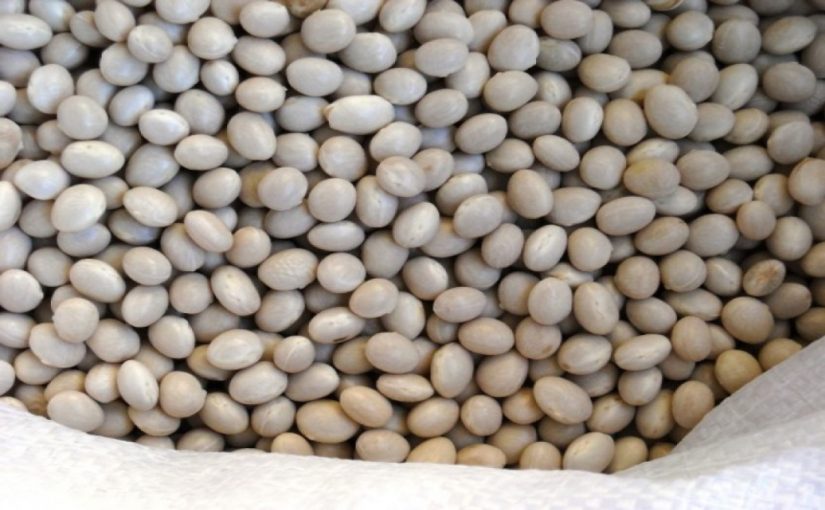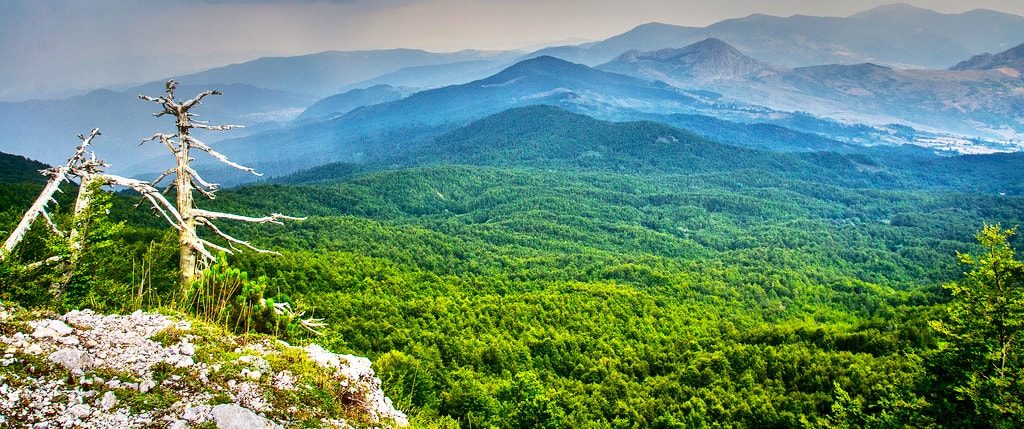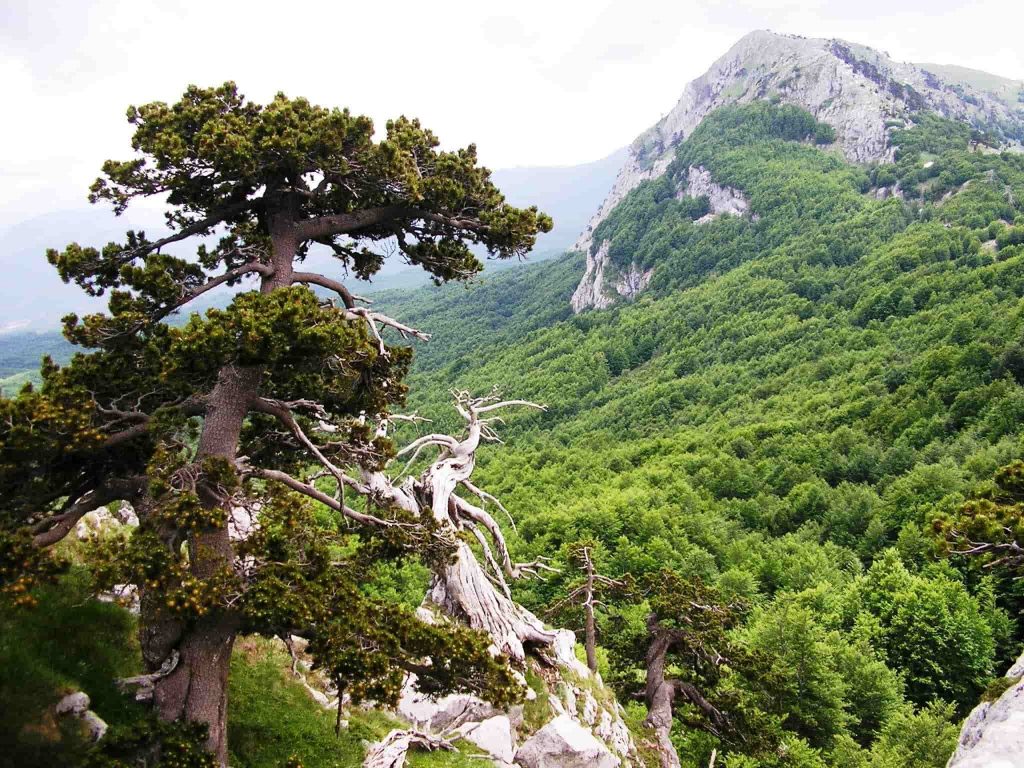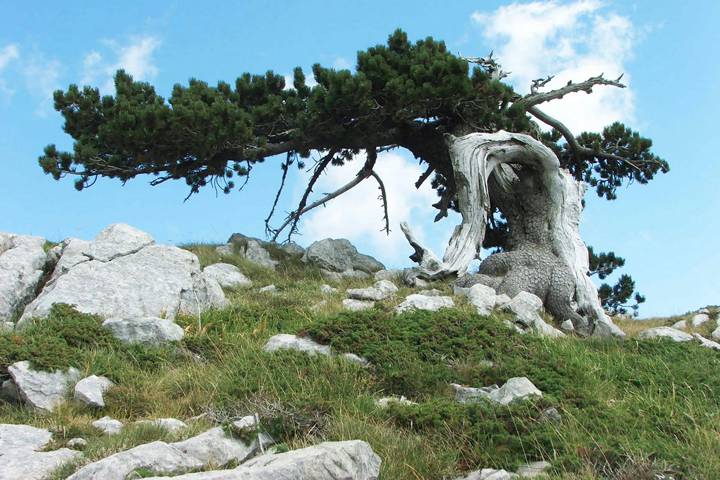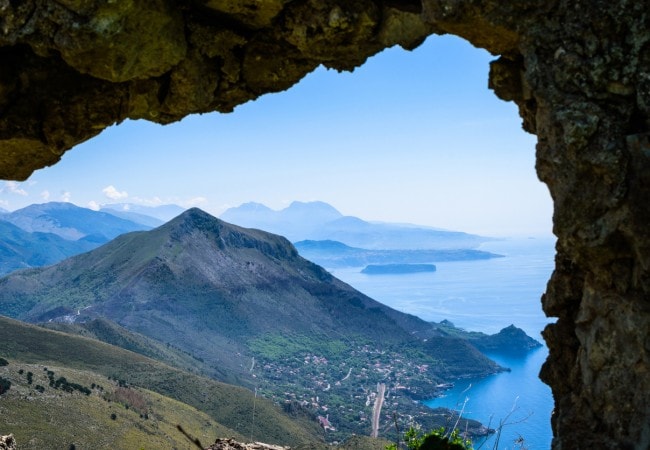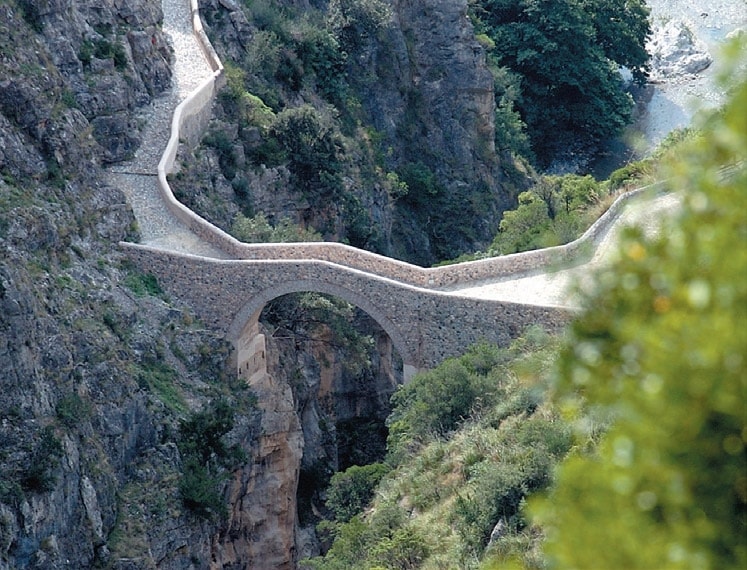25.9.2019
The Food and Drug Administration has revised the definition of this food. It does so well in preventing and combating a series of diseases that it must be considered as a drug. However, it must be taken and kept according to precise rules.
It is in all the newspapers, that the US Food and Drug Administration (FDA), the strict government agency that monitors the regulation of food and pharmaceutical products, which will be distributed on American soil, has revisited the definition of extra virgin olive oil as a health food with medicine.
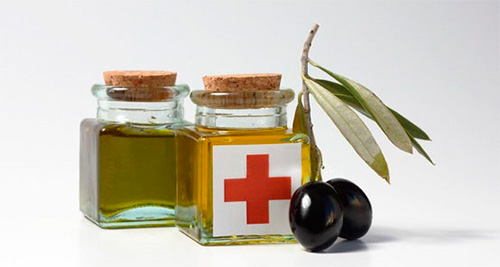
Americans have not closed their eyes to the ever more numerous and solid scientific evidence of clinical efficacy of yellow gold or Mr. EVOO (as the Anglo-Saxon people kindly call it) in the prevention of lethal cardiovascular diseases and cognitive deficits typical of the elderly, in addition to than in reducing the risk of silent type II diabetes mellitus.
Perhaps not everyone knows that the daily intake of extra virgin olive oil is useful to reduce the risk of breast cancer thanks to its great anti-inflammatory and nutrigenomic properties. The Americans did not need other evidence to proceed and, as often happens, they preceded the legislators of the old Mediterranean continent, where the olive oil was born, home of the first olive tree crops (Olea europaea).
Recently, in fact, extra virgin olive oil has been rediscovered as a soothing ointment for the protection of the skin, thanks to its squalene content, from which it originates the most stable squalene (a saturated terpene hydrocarbon) widely used by cosmetics modern, but that’s another story.
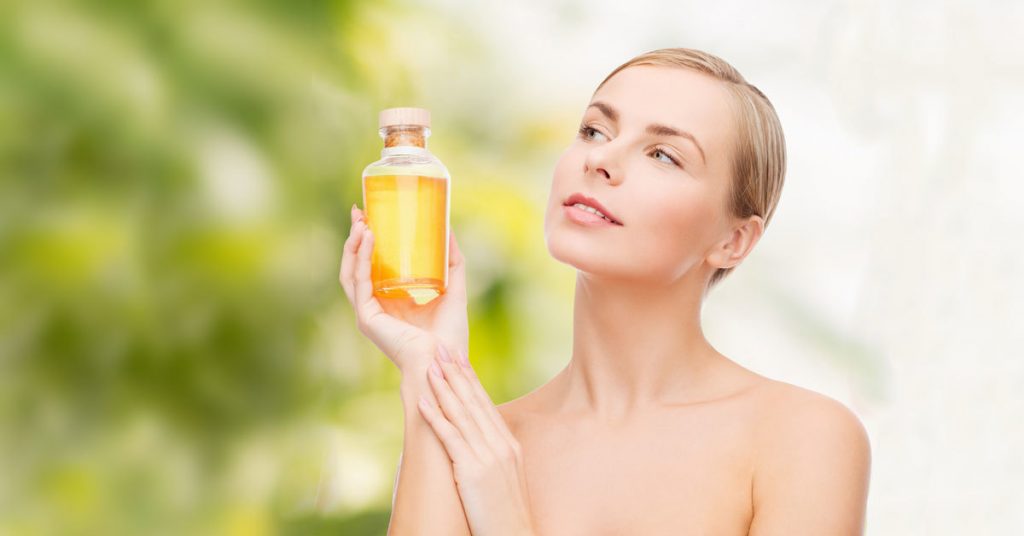
HOW TO TAKE EXTRA VIRGIN OLIVE OIL
The FDA claim establishes that it is sufficient to ingest each day (and within a maximum of 12/18 months from the date of bottling of the product), 2 tablespoons (23 grams) of extra virgin olive oil (notoriously having an oleic acid content of between 70 and 80%), raw and cold-worked, to guarantee our body the intake of
– At least 17.5 grams of oleic acid, an important monounsaturated fatty acid from the omega 9 family,
– 4.5 milligrams of vitamin E, a known liposoluble antioxidant,
– 10 milligrams of effective polyphenols (including the oleocanthal, tyrosol, hydroxytyrosol and oleacein), powerful modulators of expression of epigenetic protective genes (which abound in specific olive varieties, such as the Apulian Coratina and Ogliarola, the Tuscan Maurino and Moraiolo, the Spanish Cornicabra and the California Mission).
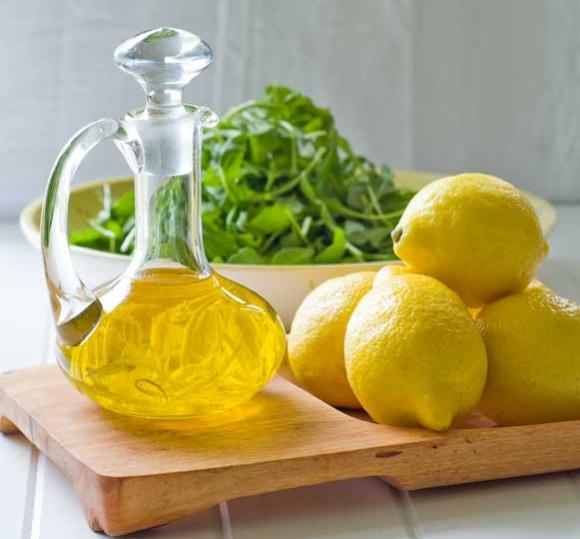
Although the courage to innovate speaks American, the scientific evidence supporting innovation also speaks Italian. In 2016 a group of researchers from the Aldo Moro University of Bari demonstrated that the single intake, of 50 milliliters (44 grams) of Coratina extra virgin olive oil in the morning, promotes the expression of microRNA.
It is the smallest RNA in nature that block the expression of specific genes, with anti-inflammatory (miR-23b-3p) and anti-tumor (miR-519b-3p) action, while inhibiting microRNA expression promotes the onset of insulin resistance (miR-107).
At the moment, the US recognition to properties of the EVOO is based on its high content of oleic acid and it could also happen to other vegetable oils, such as the cheapest sunflower oil (oleic acid: 85-86%), obtained by extraction and chemical refining (which involves the use of solvents), although without the precious polyphenols of extra virgin olive oil, but more stable and resistant than Mr. EVOO at high temperatures (as during frying).
To those interested, it is good to remember that 23 grams of extra virgin olive oil guarantee the contribution of just over 200 calories.
Therefore, the EVOO should be the exclusive seasoning of a balanced and low-fat diet, such as the Mediterranean one or the DASH (Dietary Approaches to Stop Hypertension), to avoid an excessive intake of calories from fat.
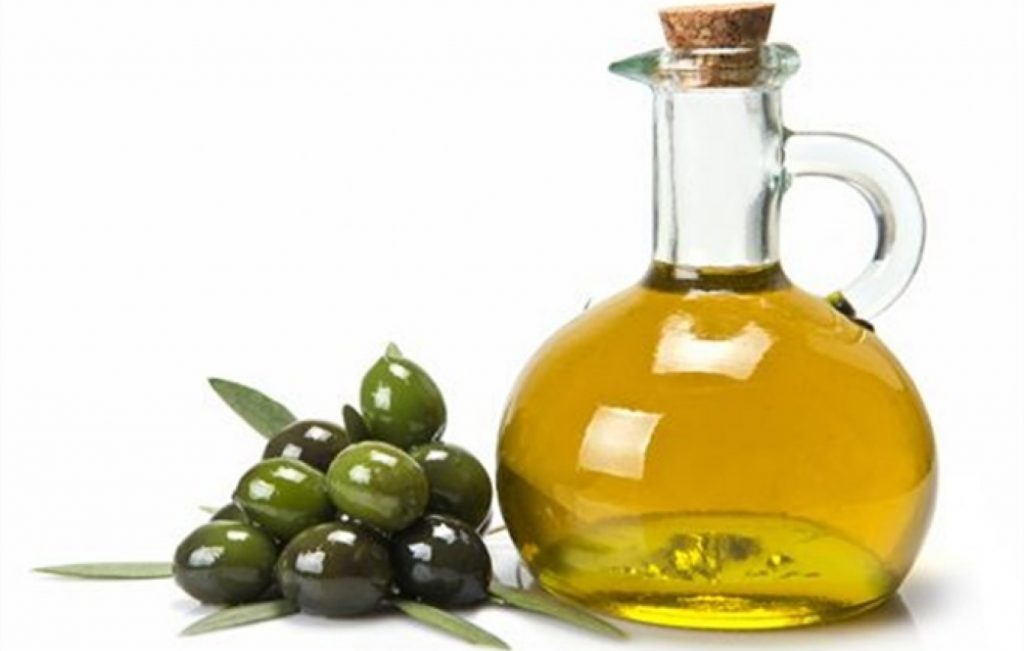
Studies in support of the FDA decision have been under the eyes of all for years and show that the replacement in the diet of some saturated fatty acids, such as long-chain ones (for example, palmitic acid and myristic acid), with right doses of oleic acid and/or polyunsaturated fatty acids (for example, omega 3), strongly reduces serum levels of total cholesterol and LDL cholesterol, among the main causes of atherosclerosis. The effects on HDL cholesterol, however, are still to be verified.
A MEDICINAL INSIDE A SALAD
Conclusively, just a little extra virgin olive oil is needed, because a mixed salad can become a more nutritious meal that also helps to preserve the line.
First we must remember that, with the daily diet, it is necessary to absorb a bit of fat, to the extent of about 30% of our daily caloric requirement. So then, out of 2000 Kcal, 30 grams of extra virgin olive oil represent the optimal intake, also by virtue of the perfect relationship between saturated and unsaturated fats.
Considering the use of oil for the preparation of the evening meal, 10-15 grams of high quality extra virgin olive oil in the mixed salad for lunch is a good way to stay in shape without excessive sacrifice.
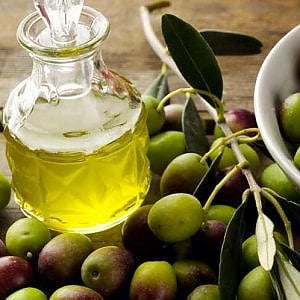
It happens because the high quality extra virgin olive oil, by virtue of its perfumes, accentuates the sense of satiety, thus reducing the hunger that can induce to stray into the diet. The same contribution of extra virgin, according to a research by the Technische Universität of Munich in collaboration with the University of Vienna, reduces the absorption of sugars by the liver acting simultaneously on the blood sugar levels, helping to lower it less rapidly and consequently making the sense of hunger less rapid. A double beneficial effect important for the health and maintenance of the line, so that the researchers, at the end of the experiment, have really recommended the extra virgin for low calorie diets.
Not only that, oil is a carrier for the absorption of fat-soluble vitamins. The fat-soluble vitamins are those that dissolve in fats (vitamins A, D, E and K).
Only vitamin D can be synthesized by our body with exposure to sunlight, while the others must be introduced with food. Vitamin A is found mainly in green leafy vegetables (along with C and K). Yellow-orange or dark green fruits and vegetables such as carrots, squash, broccoli, spinach, apricots, melon and papaya (which are rich in beta-carotene). Adequate amounts of vitamin E are present in olive oil and vegetable oils in general, wheat germ, whole grains, green leafy vegetables and nuts.
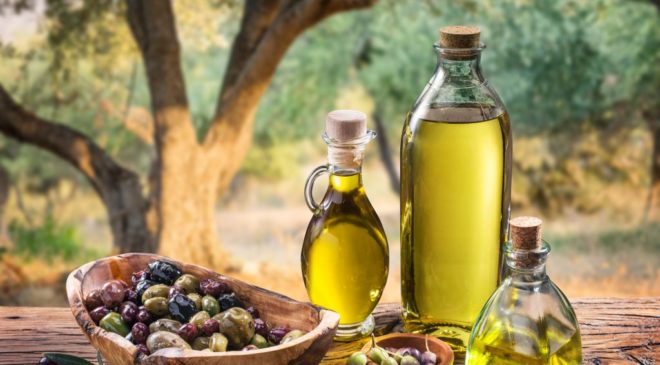
All this makes it clear how important extra virgin olive oil is for the absorption of vitamins, which, although present in salad vegetables, would not be absorbed by our intestines without a bit of good fat: precisely the extra virgin olive oil olive.
OTHER EVIDENCE
How exactly does extra virgin olive oil affect your body?
First, it keeps cholesterol levels in the blood at bay.
It therefore helps you to prevent heart attacks and strokes, as also shown by a study published in 2011 in the journal Neurology, by the American Society of Neurology.
The olive oil in fact is able to increase a blood protein, the ApoA-IV, which prevents abnormal coagulation of the platelets, as researchers at Saint Michael’s Hospital in Toronto discovered on September 2018.
Further, the EVOO is in fact an anti-aging food, rich in vitamin E and other antioxidants that fight the formation of free radicals. Once digestion begins, on the other hand, it reduces the secretion of gastric acids and therefore the danger of ulcers.
What seems strange, after having taken note of all its properties, is not so much that the oil has become a drug food, but that before it was a victim of prejudices and sales restrictions!!

